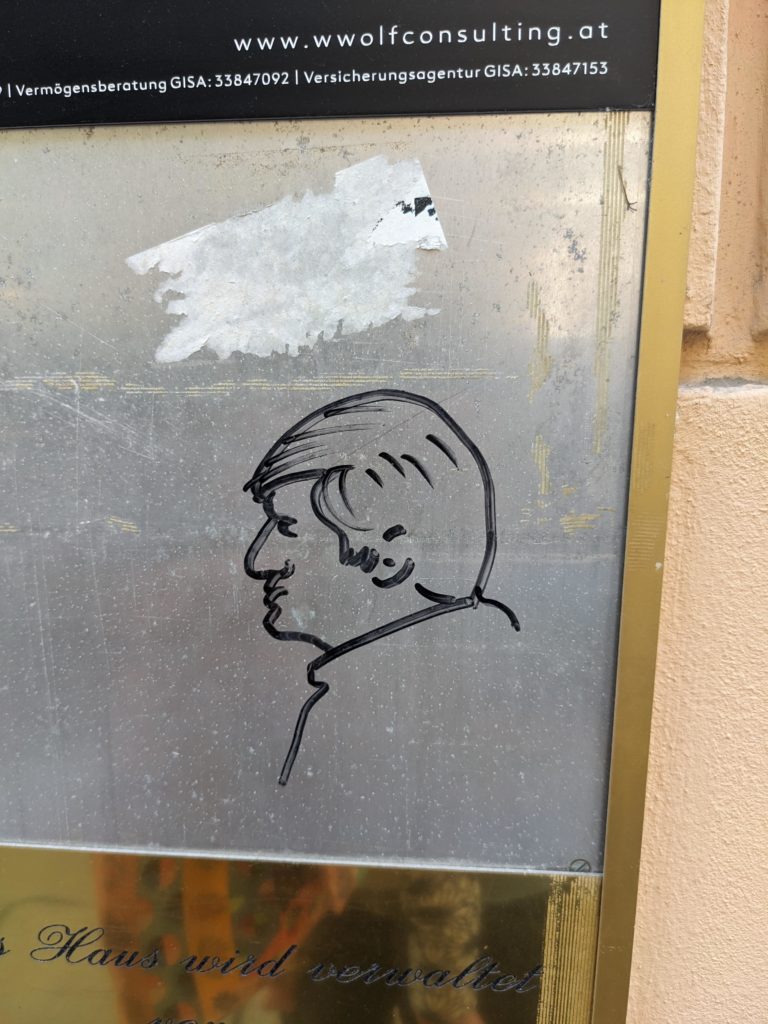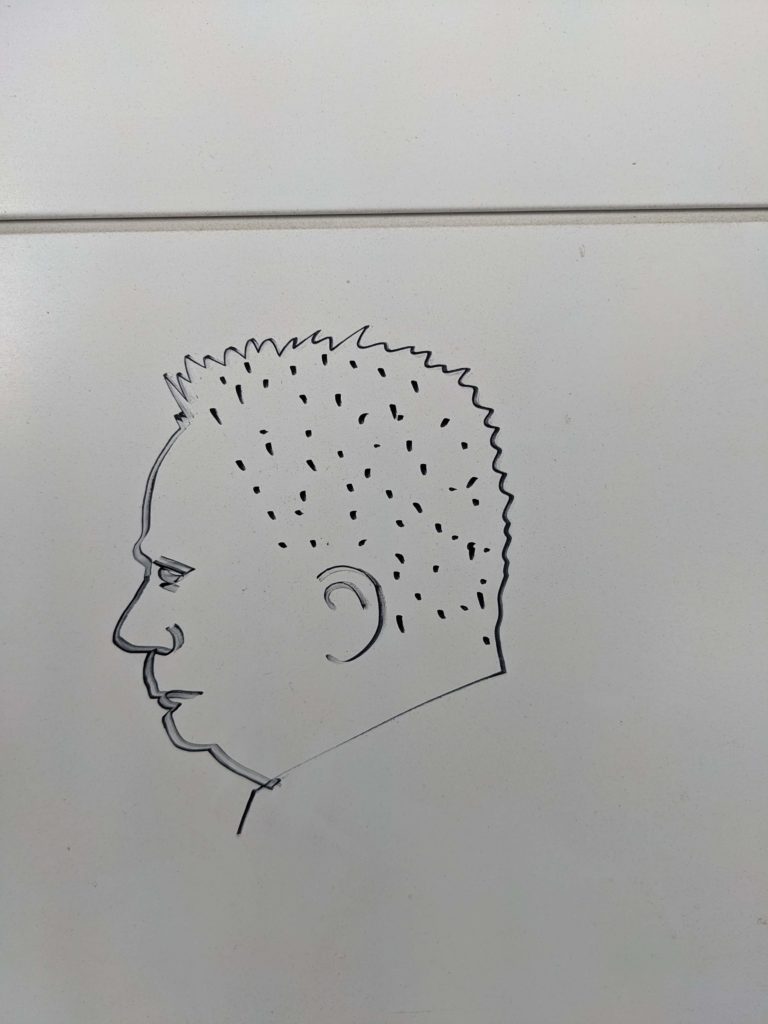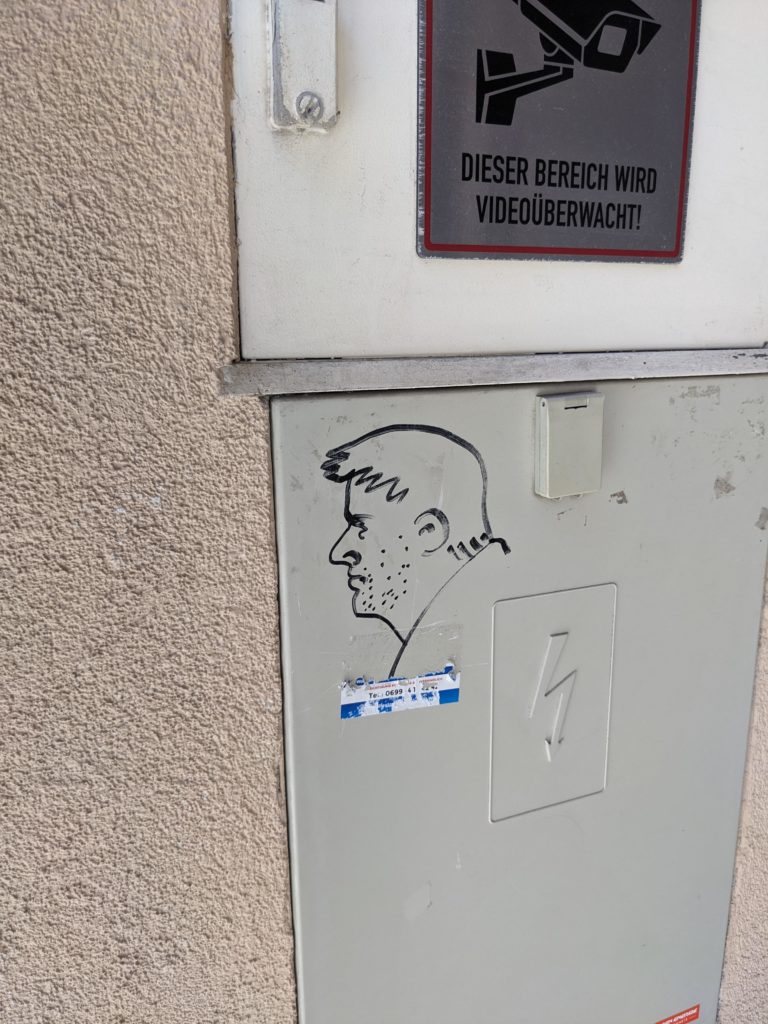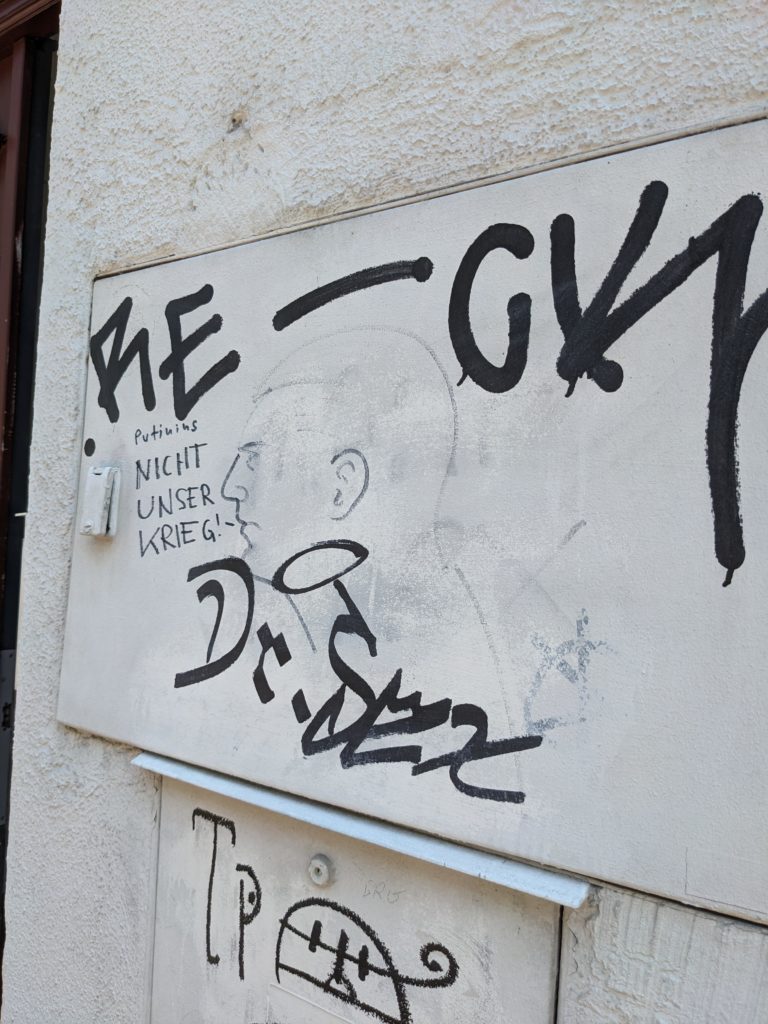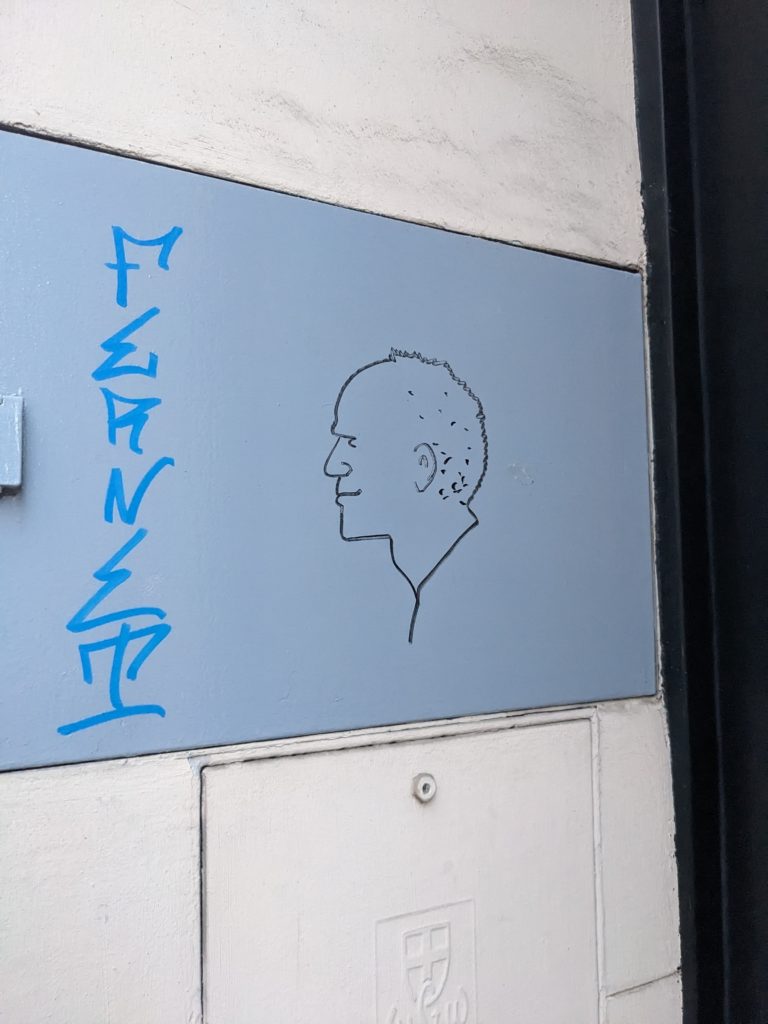I’ve recently been read Frank Whitford’s biography of the life and work of Gustav Klimt. There is little direct documentation of Klimt’s personal life and internal thought, aside from the paintings themselves. So instead the story is told through a lot of interesting social context of Austria, Vienna, and its arts scene. Because it is an art biography, there are also entirely necessary descriptions of paintings, and their virtues. Necessary though they might be, I often found them on the boundary of ridiculousness. Sometimes, even comic. Take, The Kiss which unsurprisingly gets much attention.

There is some speculation that Klimt’s masterpiece might be something of a response to, or at least inspired by, another work, also called The Kiss, by Constantin Brancusi, which I will let Whitford describe before revealing to you.
To compare them is to see instantly the differences between Klimt’s work and that of another, more completely modern artist. Both Klimt and Brancusi were attracted by various forms of primitive, exotic and folk art and both used them as a means of combating Naturalism and achieving formal and spiritual intensity. But whereas Brancusi simplifies, reduced and rarefies, Klimt complicates, allows his ornament to proliferate and adds layer after layer of effect and allusion.
Klimt, Frank Whitford, Ch7, pg118
So given the description of the differences that we might instantly detect between the two works, you might be intrigued, now, finally to see the other kiss.
Click for the grand reveal:
You might instantly notice some differences…


